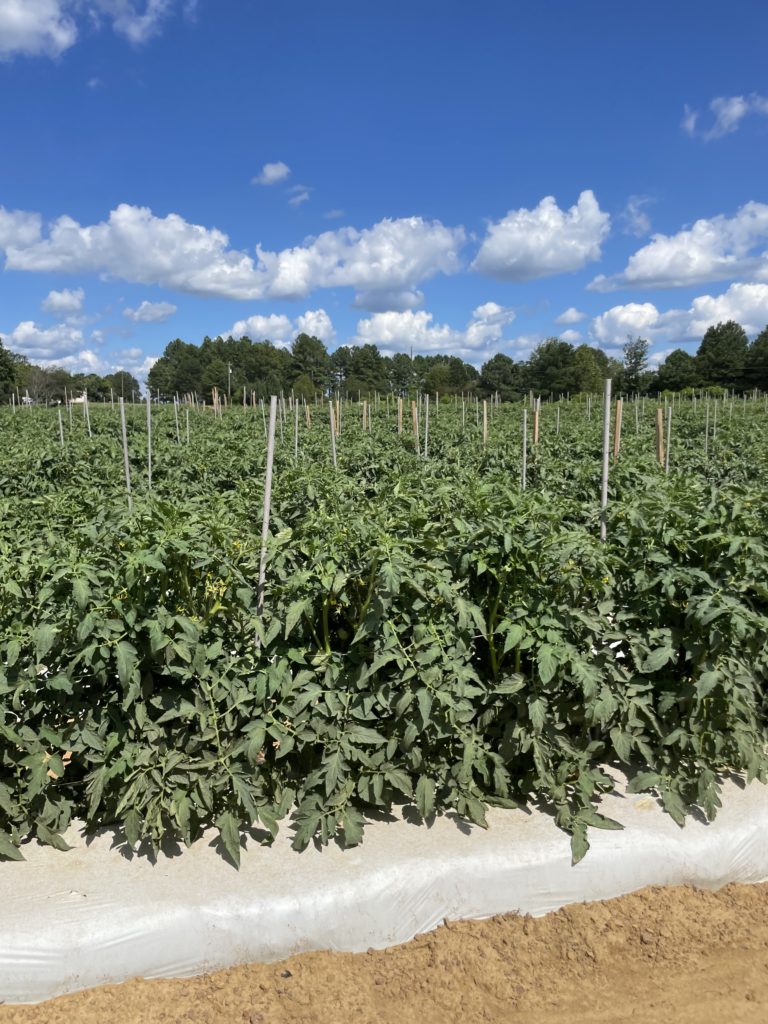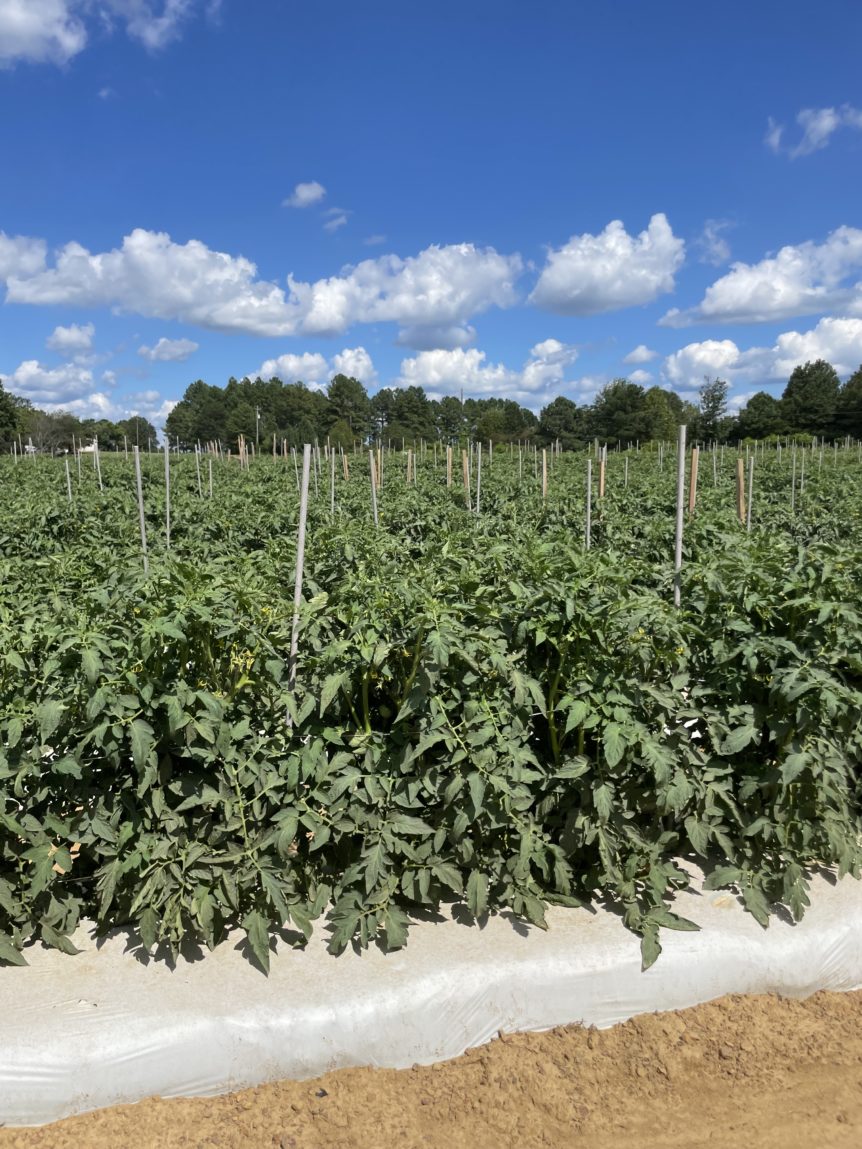
By Clint Thompson
Alabama tomato grower Destiny Allman Gladden just started the planting process for this year’s crop. A successful season will depend just as much on market prices improving than the production itself.

“We’ve really seen a great production the past couple of years. We’ve had beautiful tomatoes, pretty good crop,” Gladden said. “Marketing wise, it really boils down to the cost of, everything has gone up. But it seems like the market itself, it doesn’t rise at the same rate as our goods are going up. Our chemicals, boxes and all of that, those are going up anywhere from 15% to 30% every year, but the average price of tomatoes has stayed the same over the past three to four years. There’s not been an increase we need to see to make it money wise.”
She said her retail area is a success as local customers are flocking to the Chandler Mountain region to purchase fresh, local food.
“They want to know where it comes from, and they want to know the farmers. They want to stop by a farmstand and buy. We see a greater increase in that, but as far as commercial buyers, there’s not been a massive change in that market,” she added.
Production Challenges

Gladden started planting this year’s crop around Easter. She will wait four weeks and plant again, followed by a couple of three-week intervals and two-week intervals. While pricing remains the biggest barrier to a successful season, there are potential hindrances to production success as well.
“I would say that disease is one of our big ones right now. There’s been a lot of southern blight around. That’s always a large hurdle, and then our later season crop also tends to be coming in around hurricane season,” she said.
“It’s a battle of what is that going to bring in? Hurricanes have brought in bugs and other things and other diseases. Storms travel things. Those later crops are a little more sensitive to stuff like that because they do usually encounter more rain and diseases than our earlier stuff.”










